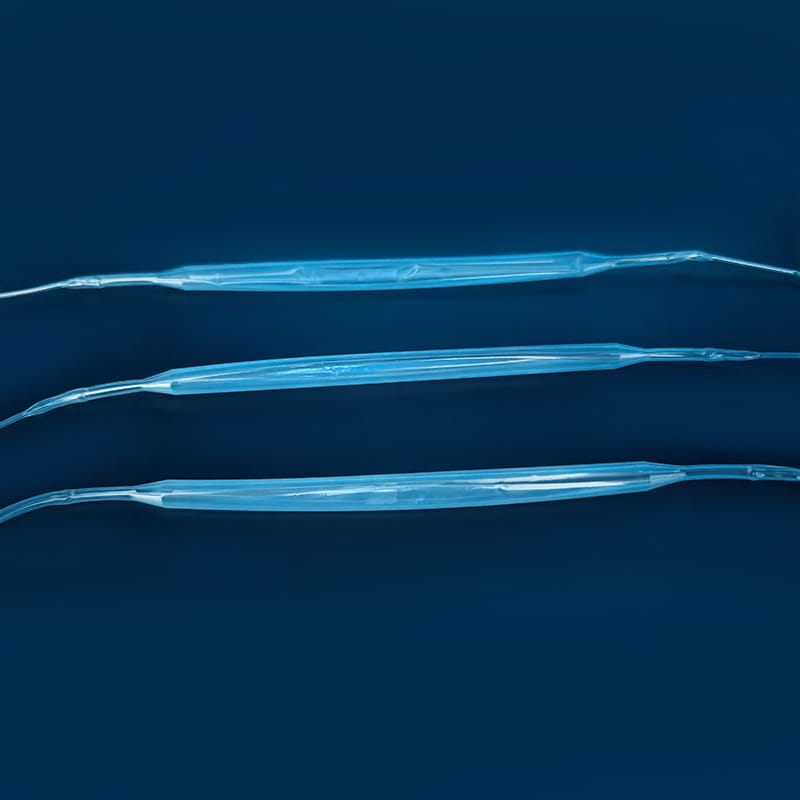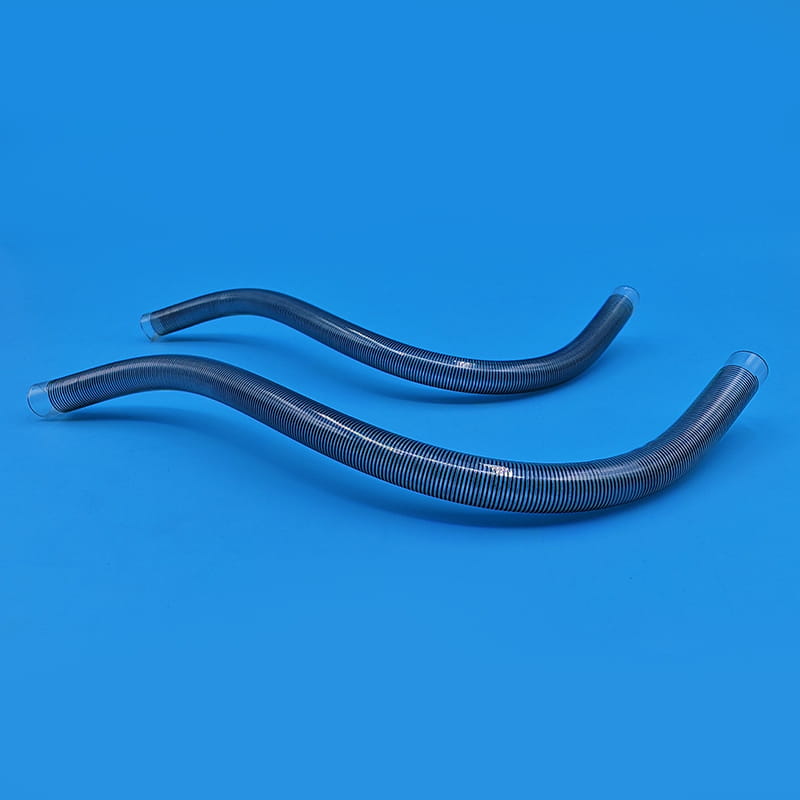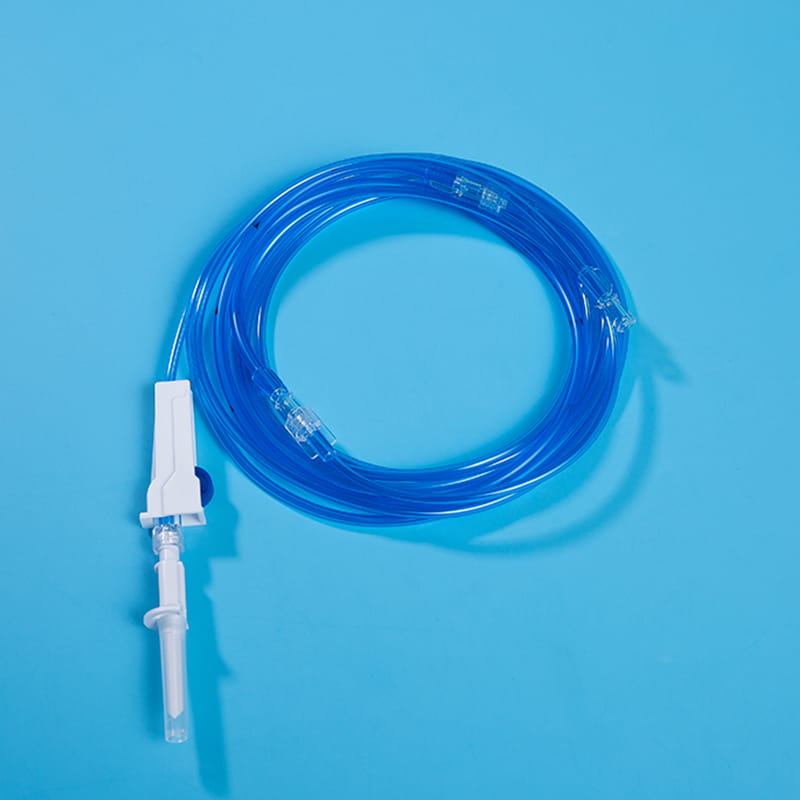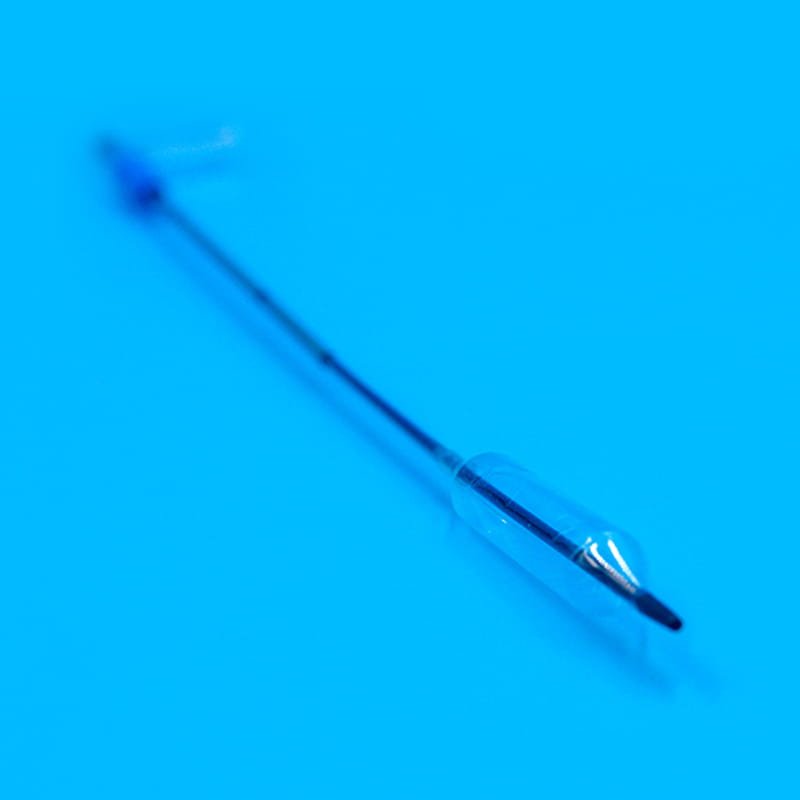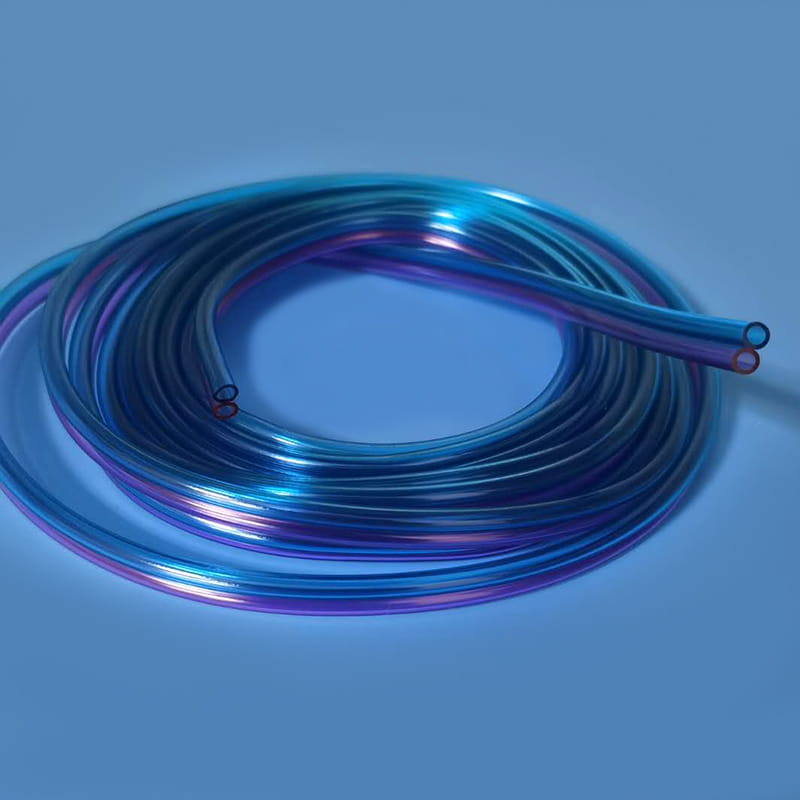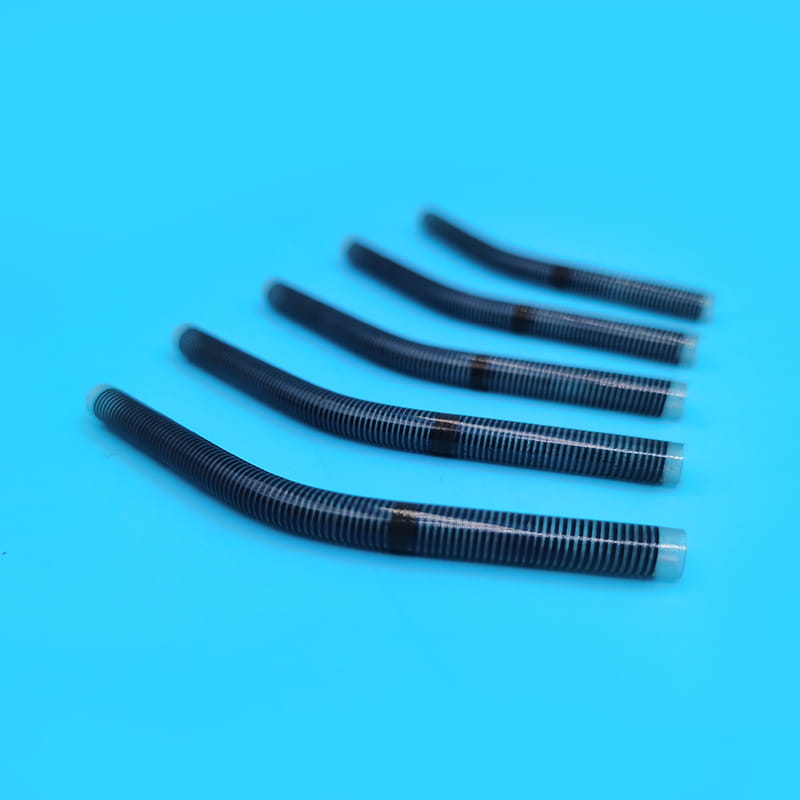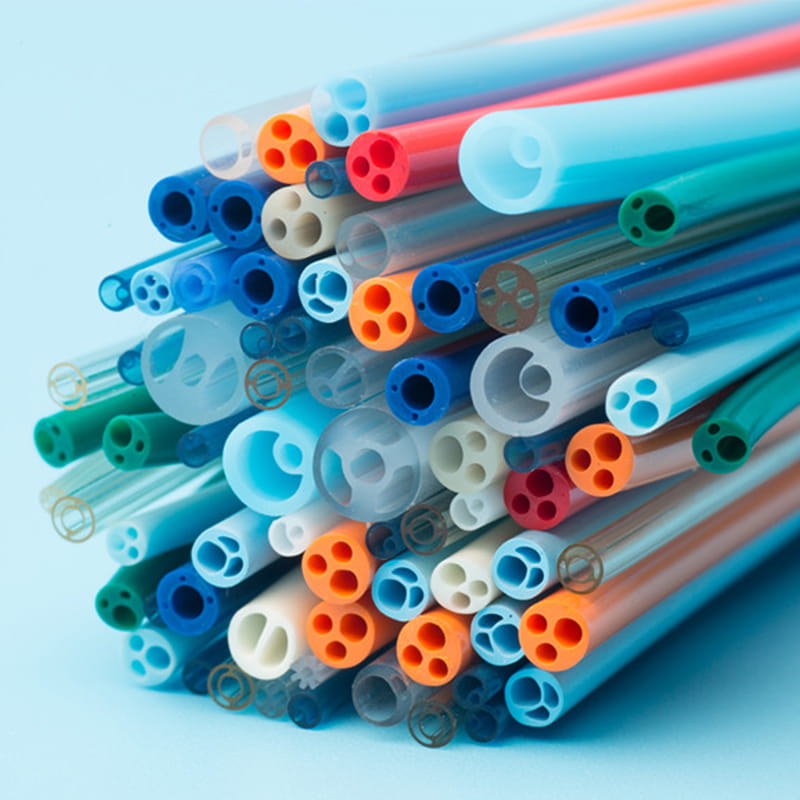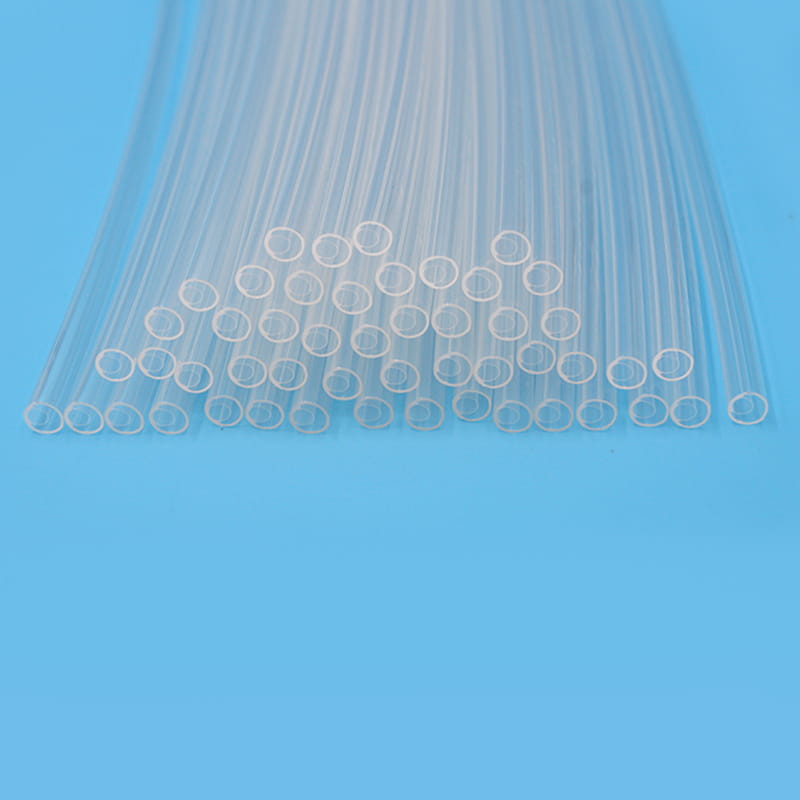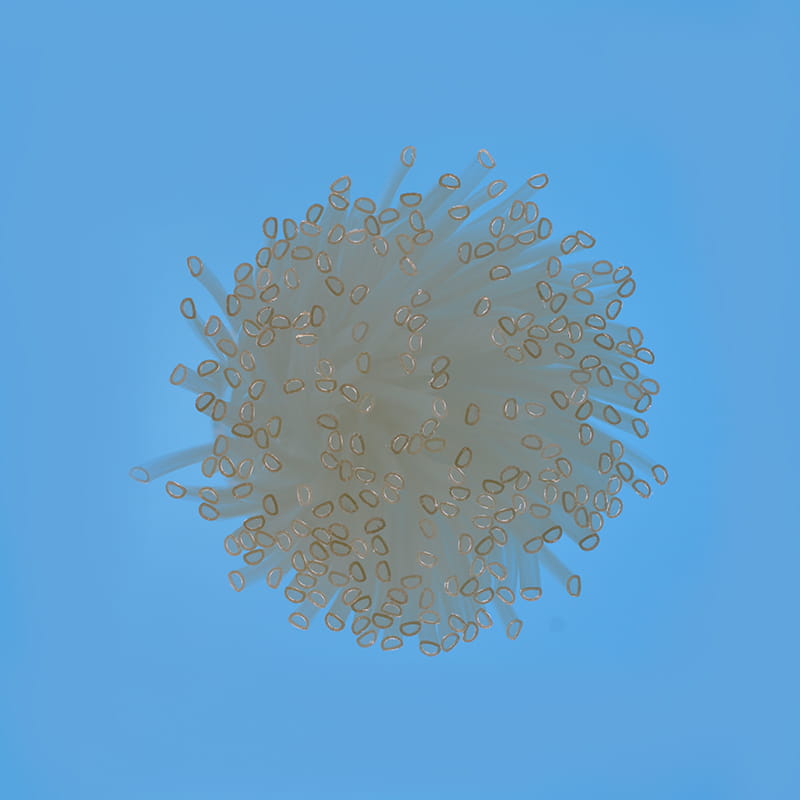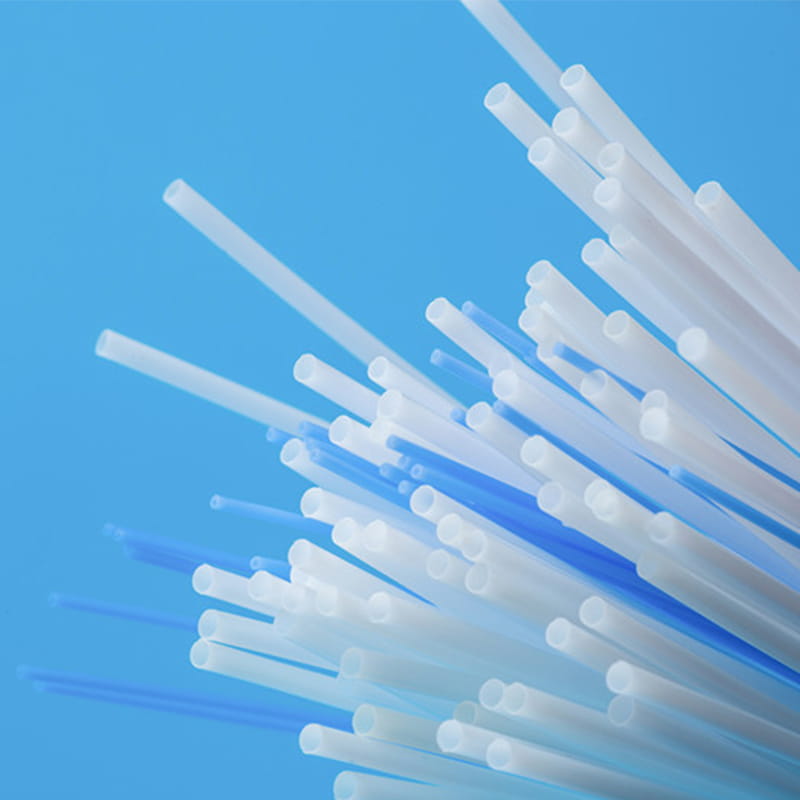What Is a Medical Flexible Tube and How Does It Work?
Introduction
In the field of modern healthcare, the medical flexible tube plays an indispensable role in connecting devices, transferring fluids, and maintaining precise control over medical procedures. From intravenous lines to respiratory systems, these tubes form the backbone of many clinical applications. Understanding what a medical flexible tube is and how it functions provides insight into why it is essential in healthcare environments that demand reliability, safety, and performance.
A medical flexible tube, often referred to as medical grade tubing or medical tubing, is specifically engineered to meet strict biocompatibility and sterilization standards. Unlike ordinary industrial tubing, it must be designed to ensure patient safety, chemical resistance, and consistent performance under demanding medical conditions.
The Definition and Core Structure of Medical Flexible Tubes
Medical flexible tubes are hollow conduits designed for the controlled transportation of fluids, gases, or bio-materials in medical devices or treatment systems. Their flexibility allows them to adapt to complex geometries without kinking or collapsing, ensuring uninterrupted flow and safety.
The structural composition of a typical medical flexible tube includes several layers engineered for specific functions. The inner wall maintains fluid purity and smooth flow; the middle layer provides mechanical strength; and the outer layer protects against external damage or chemical exposure.
| Component | Function | Material Example | Key Feature |
|---|---|---|---|
| Inner Layer | Ensures biocompatibility and smooth flow | Silicone, PVC, TPE | Non-reactive and sterile |
| Reinforcement Layer | Provides flexibility and pressure resistance | Nylon, polyester mesh | Prevents kinks and burst |
| Outer Layer | Protects against abrasion and chemicals | Polyurethane, PE | Durable and transparent |
This layered configuration allows the medical tubing to remain both lightweight and durable, a balance crucial for surgical, diagnostic, and patient care systems.
Material Characteristics and Performance Advantages
The performance of a medical flexible tube largely depends on its material selection. Commonly used materials include silicone, polyvinyl chloride (PVC), thermoplastic elastomer (TPE), and polyurethane. Each material offers unique advantages in flexibility, clarity, sterilization, and resistance to biological or chemical interaction.
Silicone tubing is highly flexible, heat-resistant, and inert, making it ideal for surgical and long-term implant applications.
PVC tubing offers clarity and cost efficiency for disposable medical devices.
TPE tubing provides a balance between elasticity and chemical resistance.
Polyurethane tubing is valued for its high tensile strength and abrasion resistance.
These materials enable the medical grade tubing to maintain functionality across diverse environments—from operating rooms to laboratory equipment.
Working Principle: How a Medical Flexible Tube Operates
The working mechanism of a medical flexible tube centers on its ability to maintain a sterile and reliable channel for the transfer of fluids or gases without contamination or leakage. When integrated into a medical device, the tube serves as a pathway that adapts to both external mechanical stress and internal pressure fluctuations.
For example, in intravenous applications, the tube must allow precise control of flow rates while preventing air ingress. In respiratory systems, it ensures that oxygen or anesthetic gases move safely between the source and patient without resistance or deformation.
The operational integrity of medical tubing relies on three key principles:
Biocompatibility – ensuring that the tubing material does not trigger any adverse biological reactions.
Elastic Compliance – maintaining the ability to bend and stretch without losing its lumen shape.
Chemical Stability – withstanding sterilization processes and prolonged contact with medical fluids.
These principles enable consistent function even under varying temperatures, pressures, and sterilization cycles.
Functional Properties of Medical Flexible Tubes
The design of medical flexible tubes is governed by a set of performance properties that ensure safety and adaptability across applications:
Transparency: Allows visual monitoring of fluid flow.
Flexibility: Prevents kinks in confined spaces.
Sterilizability: Supports autoclave, gamma, or ethylene oxide sterilization.
Chemical Resistance: Withstands exposure to alcohols, saline, or disinfectants.
Low Extractables and Leachables: Ensures purity of transferred fluids.
Durability: Resists mechanical stress, abrasion, and aging.
These properties collectively determine the suitability of the tubing for various medical devices such as catheters, feeding tubes, oxygen lines, suction systems, and peristaltic pumps.
Applications Across the Medical Field
Medical flexible tubes are integrated into an extensive range of medical systems. Their versatility allows for adaptation to numerous clinical and laboratory settings:
Intravenous Infusion Systems: Accurate and sterile transfer of fluids and medications.
Respiratory and Anesthesia Equipment: Delivery of oxygen and controlled gas mixtures.
Dialysis Systems: Reliable flow of blood and dialysis fluid through sterile tubing.
Catheter Tubing: Long-term placement in the body for continuous drainage or fluid administration.
Surgical Suction and Irrigation Systems: Rapid evacuation of fluids while maintaining sterility.
Through such diverse use, medical flexible tubing serves as a crucial component in improving patient outcomes and operational efficiency in healthcare facilities.
The Importance of Biocompatibility and Sterilization
Biocompatibility is the foundation of medical tubing design. Materials must not react with tissues or fluids, ensuring safety during both short-term procedures and long-term implantation. Testing under ISO 10993 standards ensures the tubing does not cause cytotoxicity, sensitization, or irritation.
Sterilization compatibility is equally important. Medical flexible tubes must withstand repeated sterilization cycles without degradation. Whether through autoclaving, gamma radiation, or ethylene oxide, the tubing’s structure must retain its flexibility and integrity.
These standards distinguish medical grade tubing from other industrial variants, guaranteeing performance and patient safety under medical conditions.
Emerging Trends in Medical Tubing Design
As healthcare technologies evolve, so does the design of medical flexible tubes. Several advancements are shaping the next generation of tubing systems:
Antimicrobial Coatings: Reduce the risk of infection during long-term use.
Multi-lumen Designs: Allow simultaneous delivery of different fluids through separate channels.
Kink-Resistant Geometry: Maintains flow integrity under compression.
Lightweight Silicone Blends: Improve patient comfort and device portability.
Smart Tubing Systems: Integrate sensors for flow and pressure monitoring.
These innovations reflect a shift toward higher safety, functionality, and adaptability in medical device components.
Technical Specifications Overview
Below is a generalized overview of common specifications used to classify medical flexible tubing:
| Specification | Typical Range | Description |
|---|---|---|
| Inner Diameter | 0.5 mm – 25 mm | Determines flow rate and device compatibility |
| Wall Thickness | 0.2 mm – 2 mm | Affects flexibility and pressure resistance |
| Operating Temperature | -50°C to +200°C | Depends on material composition |
| Hardness (Shore A) | 40 – 90 | Defines elasticity and compression |
| Sterilization Methods | Steam, Gamma, EtO | Must be compatible without deformation |
These specifications are customized according to application needs, balancing flexibility, transparency, and mechanical strength.
Quality and Regulatory Considerations
Manufacturing medical flexible tubes requires strict adherence to regulatory frameworks such as ISO 13485 and USP Class VI standards. Each stage, from raw material selection to extrusion and post-processing, undergoes rigorous quality control to ensure consistency and traceability.
Testing typically includes:
Tensile and burst pressure evaluation
Visual clarity inspection
Biocompatibility testing
Sterilization validation
Extractable and leachable assessment
Such controls maintain the integrity and performance of every piece of medical tubing entering the healthcare supply chain.
Conclusion
The medical flexible tube stands as a silent yet vital element within modern healthcare systems. Its carefully engineered structure, biocompatible materials, and adaptable functionality enable a wide range of life-supporting and diagnostic applications. Understanding its construction and working principle reveals why medical grade tubing continues to evolve as an essential component in improving treatment efficiency and patient safety.
For more information, please call us at +86-18913710126 or email us at [email protected].
Introduction The TPU Reducer Tube (Thermoplastic Polyurethane Reducer Tube) is a versatile and high-...
In modern medicine, medical catheters are indispensable tools used in a wide range of treatments and...
In the healthcare industry, the importance of selecting the right materials for medical devices cann...
In the era of precision medicine, a small tube often carries the weight of life-saving responsibilit...
In modern healthcare, precise fluid management is crucial for patient safety and treatment efficacy....
Introduction The field of minimally invasive medical procedures has witnessed remarkable growth over...


